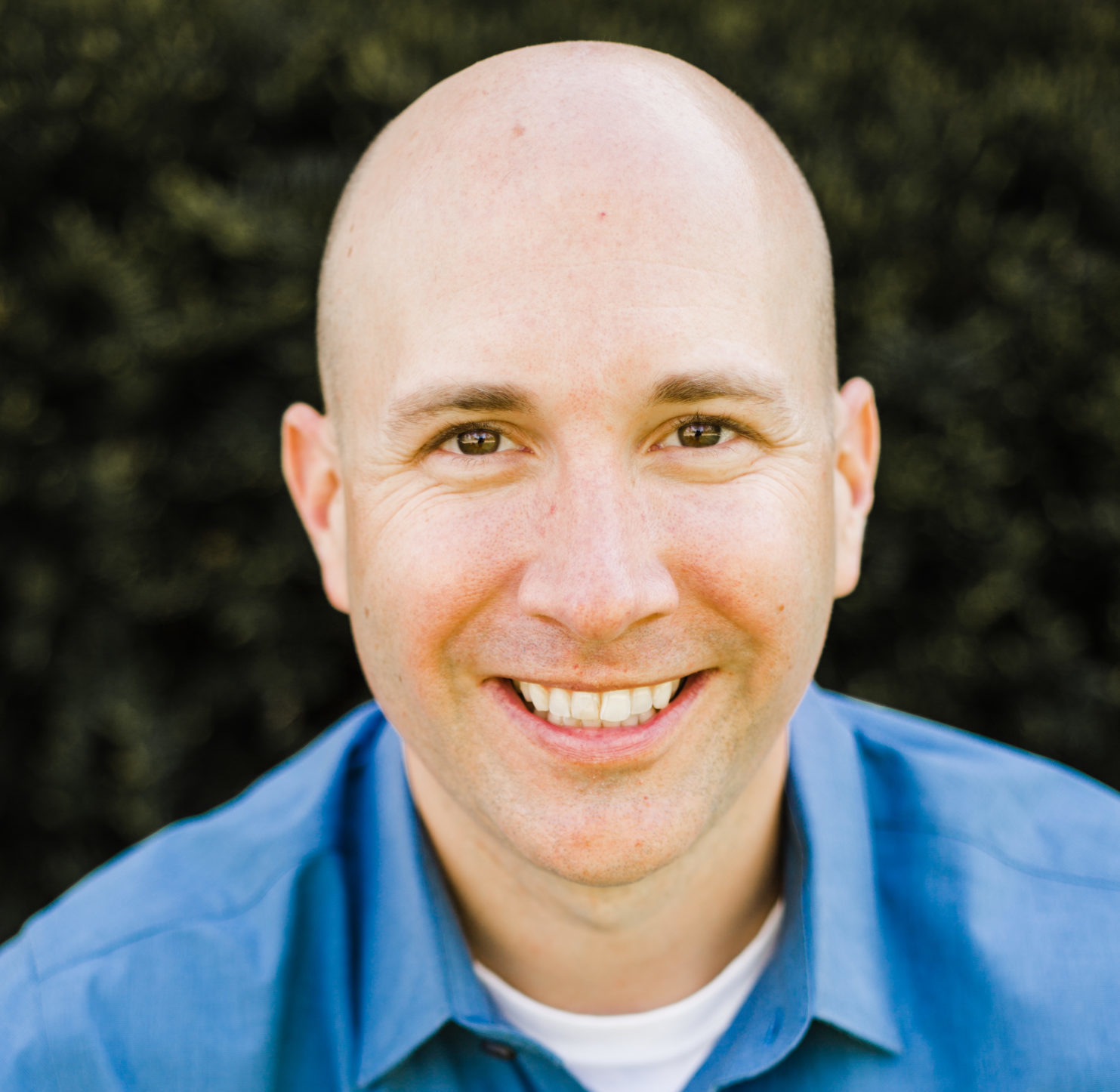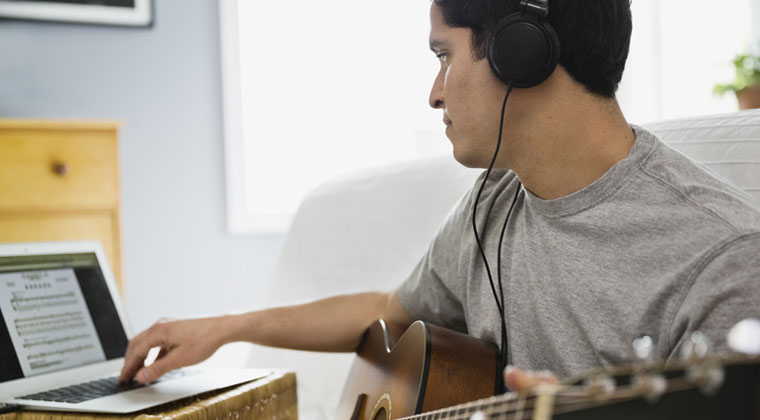Music education has changed in a heartbeat (for now). We have moved from a largely ensemble-based (band, choir, and orchestra) way of teaching music, to one that is online and independent (until the COVID-19 disruption passes). Some teachers use composition regularly, while some are having to use this important musical skill as a new means to teach students remotely. Regardless of past experiences, it is essential for the composer (THE STUDENTS) to put themselves into the product! Often, composition is relegated to checking off a set of boxes: put these many beats in a measure, stay within this key, use stepwise motion, follow the rules J.S. Bach said were important. While this is essential for understanding music and establishing an initial set of composing skills (understand the rules before breaking them), composing should be so much more, at all levels!
Social Emotional Learning (SEL) is a construct being implemented across the globe intended to provide SKILLS to confront challenges by being self-aware, socially-aware, and to make responsible decisions. Utilizing some of these ideas, we can make the composing process highly personal, and allow for students to learn about themselves as they learn about the theory! Here are some tips for utilizing SEL throughout the composition process:
Always Include a Reflection With the Composition
Reflection helps students account for the process while we assess the process and product. One of the most important needs of adolescents is being heard—are we listening? We hope students are sharing a story through their compositions; the reflection can help shed light on this voice and need. Here are some possible prompts to include in the reflection:
- What story are your trying to tell musically? Is this something you have experienced in your life? Why did you choose to tell this story?
- What challenges did you experience while composing? How did you overcome them?
- Did you submit the first draft of your composition or did you do multiple drafts? If you did drafts, what changed before the final version?
- If you could change one thing about the composition, what would it be? Why?
- What mood were you trying to set in this composition? When was the last time you felt this mood in your life?
- If you had to put an emoji for this composition (as a whole) what would it be? What about for each 4-measure phrase?
- What did you do musically to represent each emoji? What are other ways you could musically represent the emojis?
- How hard, musically, is this composition? Could you perform it? Why did you choose to write this piece at this level?
- Where have you heard/seen the rhythms/melodies/harmonies you chose to use in this composition before?
Have Parameters, But Allow For Creativity
Students (and teachers too!) thrive on knowing expectations. They traditionally want everything spelled out so they can jump through hoops and complete the assignment. This could set them up for success in the assignment, but DOES NOT set them up to be independent learners and creative musicians. We need to give them just enough information to allow them to explore. I have Rule #19 in my classroom (there are no preceding rules, but everyone remembers 19!). Rule #19 is: “Figure it out.” It is frustrating and freeing in the same breath. Students need to navigate questions on their own. We cannot spoon-feed them everything. Composing is the perfect place to start this process of fostering independence!
Allow For Collaboration
Every student has different skill sets and strengths. Students can collaborate and bring different skills to the project. One student could be in charge of the rhythm, another melody, yet another harmony, and a fourth dynamics and articulations. This is how group projects thrive. Each student has a role and an expertise. Then, allow students to reflect on the process of collaborative composition:
- How did it feel to have someone else make decisions about your music?
- Were you pleased with the final musical product?
- How would you have done it differently if you had complete control?
- How did the group collaborate?
- How do you feel the others in the group honored your contribution?
- How did it feel to be “the expert” in one element of composition?
A follow-up to this could be to have another composition with the same group of students where they rotate roles and each student becomes the teacher for the new person in their old role.
Embrace Creativity Through the Process and Product
While we all cringe when we see parallel 5ths in 4-part harmony, being flexible to acknowledge student voice and interest is just as important as teaching the rules of composition. Students are often trying to replicate music they hear in their non-academic lives (this music breaks all kinds of “rules”!). While we need to be clear about why the rules exist, I often find myself loving the sounds of retrogressions! If students are going to find themselves in their compositions, there needs to be flexibility between rules and the music students want to create. Bach did not know he was following rules, he just composed based upon the music he enjoyed listening to, and took it to the next level. We can navigate a fine line between music fact (not theory) and student voice.
Composition can be an essential activity as we navigate online, distance learning in music classes. It can be a formulaic activity for students to submit and satisfy a requirement, OR, it can be so much more. It can be an opportunity for students to have voice and choice musically. This could be the start of something the students take with them for a very long time. The students could come back to class more self-aware, socially-aware, and in tune with the compositions being performed!
About the Author
 Dr. Scott Edgar is Associate Professor of Music, Music Education Chair, and Director of Bands at Lake Forest College. He received his Ph.D. in Music Education from the University of Michigan, his Masters in Education from the University of Dayton, and his Bachelor of Music Education from Bowling Green State University. Prior to his work in higher education he was band director at Carroll High School in Dayton, Ohio and has taught instrumental music in Ohio, Michigan and Illinois. He lives in Lake Villa with his wife Steph and their son Nathan.
Dr. Scott Edgar is Associate Professor of Music, Music Education Chair, and Director of Bands at Lake Forest College. He received his Ph.D. in Music Education from the University of Michigan, his Masters in Education from the University of Dayton, and his Bachelor of Music Education from Bowling Green State University. Prior to his work in higher education he was band director at Carroll High School in Dayton, Ohio and has taught instrumental music in Ohio, Michigan and Illinois. He lives in Lake Villa with his wife Steph and their son Nathan.
For additional information on SEL, check out Music Education and Social Emotional Learning: The Heart of Teaching Music.
For additional information on using Noteflight Learn for online music composition, please see our Distance Learning Support offerings.

